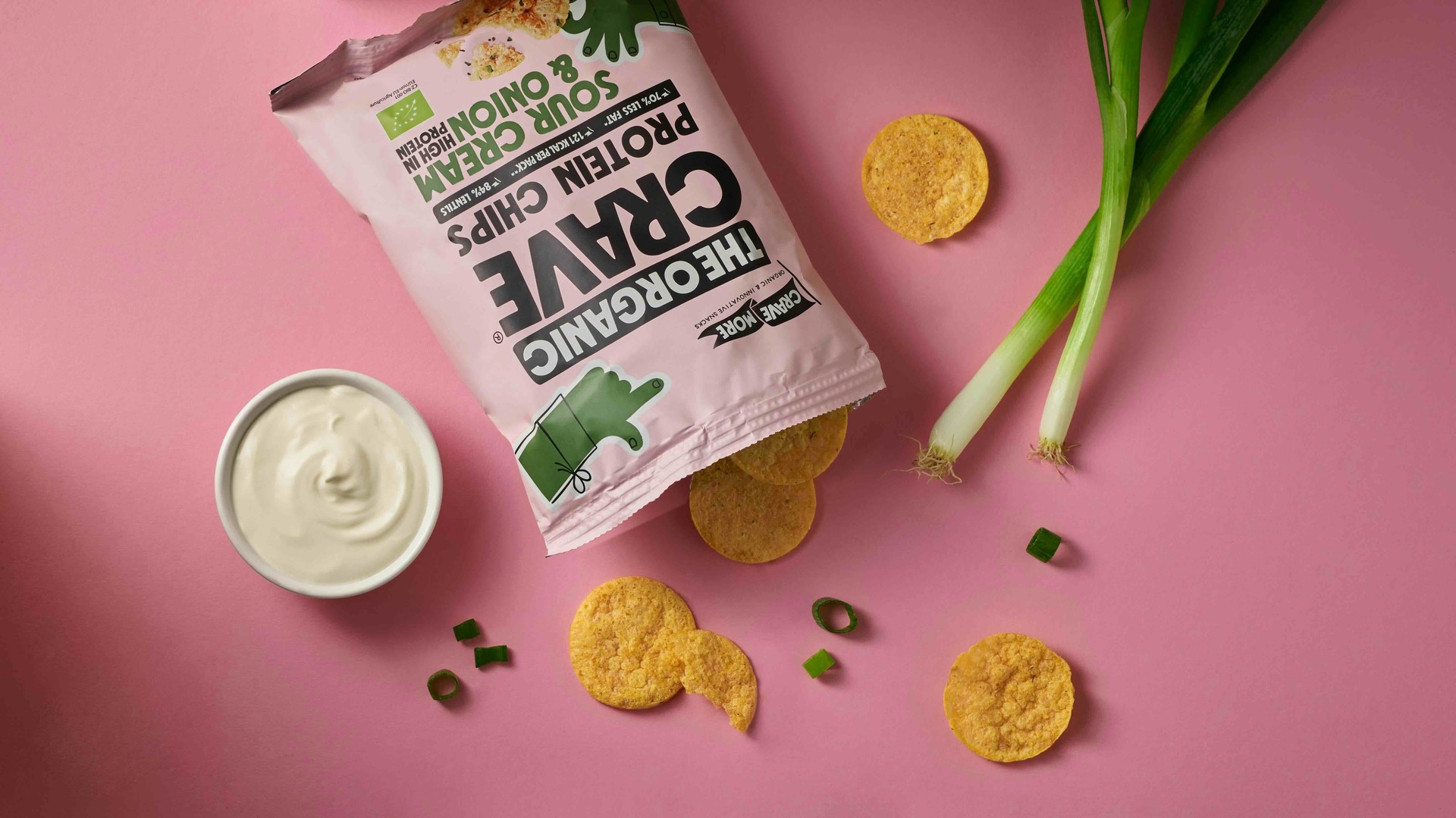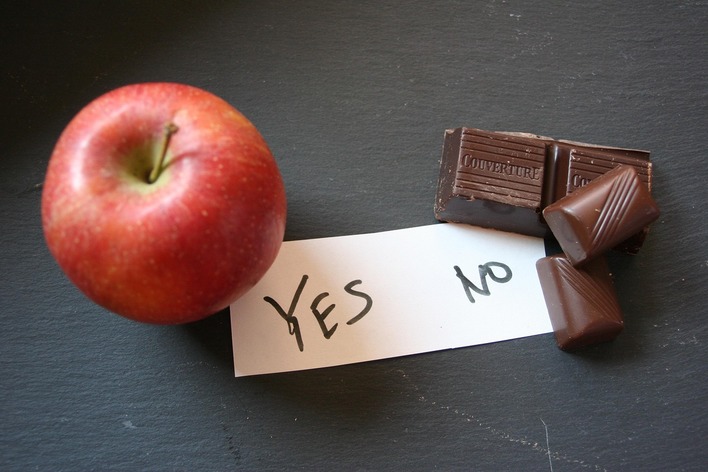Breaking Free from the Snacking Trap: Practical Solutions for Mindful Eating (Part 2)
In our previous blog we explored our habits around modern snacking, and uncovered some startling truths: the average person consumes 580 calories daily from snacks alone, while screen time increases our consumption by up to 25%. We learned how food companies engineer 'hyper-palatable' foods to hit the perfect 'bliss point' and how sophisticated marketing tactics trigger emotional eating. Armed with this knowledge of why we snack mindlessly, we can now focus on practical, evidence-based solutions to regain control over our snacking habits.
Practical Implementation Strategies: Combining Insights from Hillis and Moss
Understanding how food companies engineer snacks to be irresistible, as Michael Moss reveals in "Hooked," helps us develop more effective counter-strategies. By combining Moss's insights about food industry tactics with Hillis's practical skills, we can create a more comprehensive approach to healthy snacking.
- Breaking the 'Bliss Point' Cycle: Moss explains that processed snacks are designed to hit a perfect 'bliss point' of salt, sugar, and fat that keeps us coming back for more. To counter this, we need to reset our taste buds and expectations. This doesn't happen overnight, but through gradual, intentional changes. Start by choosing whole foods that offer natural sweetness and satisfaction. For example, instead of reaching for candy, try fresh fruit with a small handful of nuts. The fibre, protein, and natural sugars provide sustained energy without triggering the addictive cycle that processed snacks create.
- Creating Your Daily Framework: Both Hillis and Moss emphasise the importance of structure in overcoming problematic snacking. Your daily framework should acknowledge both physical hunger and the psychological triggers that food companies exploit. Here's how to build it:
Start your morning by eating a satisfying breakfast that includes protein, fibre, and healthy fats. This stabilises blood sugar and prevents the mid-morning energy crashes that food companies count on to sell their products. Plan your breakfast, focusing on whole foods that don't contain the manufactred flavours that are ultra-processsed, designed to override our natural satiety signals.
For example, a good breakfast might look like:
- Greek yogurt (we love Fage Total yogurt) with berries, oat bran and granola (providing protein, fibre and and natural sweetness)
- Two-three egg omlette w/avocado and side salad (offering protein, healthy fats and sustained energy)
- Porridge with cinnamon, fresh fruit and a protein shake (satisfying the desire for sweetness without added sugars)
3. Afternoon Energy Strategy: The afternoon represents a particularly vulnerable time for many of us. As Moss points out, food companies specifically target afternoon (and evening) slumps with their marketing. Combat this by:
- Having energy-sustaining snacks readily available during this time.
- Hide, or better yet, remove any ultra-procssed food(s) so you won't be tempted.
- Understand that afternoon fatigue (or bordom) is likely to signal a 'want' to eat - go for a walk or occupy yourself to help distract you from the emotional itch that's vying for your attention.
- Walk away and planning activities during typical craving times that don't revolve around eating can help enormously.
The 'Get Back on Track' Protocol: A Compassionate Approach
Both Hillis and Moss acknowledge that occasional slips are normal, especially given how deliberately snack foods are engineered to be irresistible. From experience, we've found our members have the greatest success by having a strategy to recover quickly and learn from these moments.
When you find yourself overdoing it with snacks, resist the urge to label it as a failure. Instead, view it as valuable information about your triggers, your behaviour and patterns. Ask yourself:
- What was happening emotionally when I reached for the snack?
-
Was I genuinely hungry, or responding to external cues?
-
How did the environment influence my choice?
-
What could I do differently next time?
Building Sustainable Habits: The Long Game
Understanding Marketing to Make Better Choices: Moss reveals how food companies use nostalgia and emotional connections to sell their products. Armed with this knowledge, we can:
- Recognise emotional marketing triggers and make conscious choices.
- Create new, positive associations with healthy foods.
- Develop personal rituals around snacking that don't rely on processed foods.
Environmental Design - Beyond the Kitchen: Your environment extends beyond your immediate space. Consider:
- Alternative routes around the workplace that avoid trigger locations (like vending machines or the staff room - where we know there's always someone who brings in cake.
- Social situations where snacking might be challenging.
- Stress management strategies that don't involve food.
Special Considerations for Modern Life
Screen Time and Snacking: Given that screens are an unavoidable part of modern life, develop strategies that acknowledge this reality while minimising its impact on snacking:
Create designated "screen snacking" times if needed, but make them intentional and planned. Use a small plate or bowl rather than eating from packages, and portion out snacks before sitting down with screens. This maintains some control while acknowledging that completely eliminating screen-time snacking might not be realistic for everyone.
Social Navigation: Social situations often centre around food, and food companies know this. Their marketing often targets social gatherings and celebrations. Develop strategies for these situations:
- Eat a small, protein-rich snack before social events
- Bring healthy options to share that you genuinely enjoy
- Focus on social connections rather than food
- Position yourself away from snack tables during events
Looking Forward: Sustainable Success
The key to lasting change lies in understanding both the external forces working against us (as Moss reveals) and the internal skills we can develop (as Hillis teaches). By combining these insights, we can create personalised strategies that acknowledge the challenges of our food environment while building the skills needed to navigate it successfully.
Remember, the goal isn't perfection but progress. Every small choice adds up to significant change over time. Start with one strategy that resonates with you, practice it until it becomes natural, then add another. This gradual approach leads to sustainable transformation in your relationship with food and snacking.



